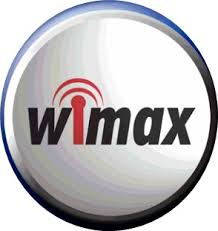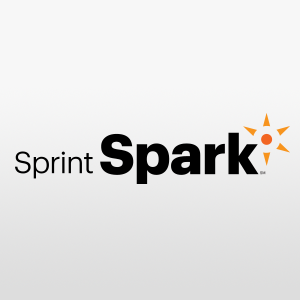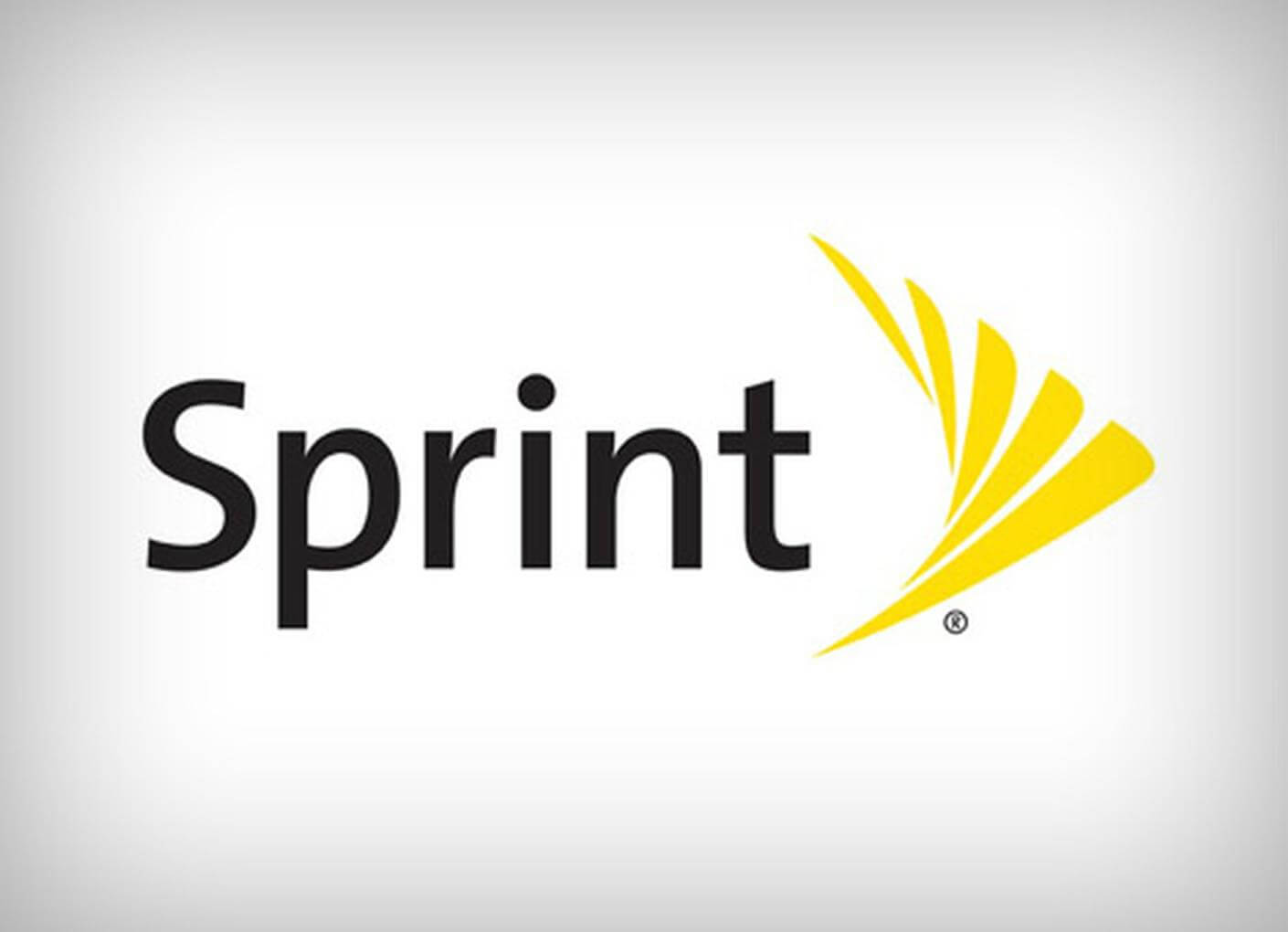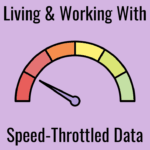If you are one of the few remaining customers on Sprint's WiMAX network - it is time to say goodbye.
Today (November 6th) is the official end-of-days for Sprint's legacy 4G WiMAX network. From today forward, WiMAX phones and hotspots are essentially worthless unless they also support LTE, or falling back to Sprint's 3G EVDO service.
This means that Sprint partners who had been selling WiMAX service (like the first generation Karma hotspot, Clear 4G WiMAX customers, or the old H20 Wireless Bolt plan that was once popular with RVers) are shutting down too.
But we did warn you - everyone impacted hopefully has known that this day has been coming for a long time.
The age of WiMAX is over. Long live LTE.
Table of Contents
What is WiMAX? Why Did It Fail?
 WiMAX is the friendly name for the IEEE 802.16 standard of metropolitan area wireless communication protocols - and for a while a decade ago many in the tech industry assumed that WiMAX would become as prevalent as Wi-Fi (the friendly name for the slightly similar 802.11 standard) had become for local area wireless networking.
WiMAX is the friendly name for the IEEE 802.16 standard of metropolitan area wireless communication protocols - and for a while a decade ago many in the tech industry assumed that WiMAX would become as prevalent as Wi-Fi (the friendly name for the slightly similar 802.11 standard) had become for local area wireless networking.
Some even referred to WiMAX as "Wi-Fi on Steroids", and Intel even talked of integrating WiMAX support directly into future PC chipsets.
WiMAX was never initially intended for mobile devices - it was designed to provide a wireless alternative to compete with cable and DSL modems to provide fast internet service to fixed locations, such as homes or schools.
And for this purpose, WiMAX was somewhat successful - and there are still some WiMAX networks serving this purpose in various places around the world.
But as the mobile industry took off, in 2006 the WiMAX standard evolved to support mobile devices - and in 2010 Sprint announced that WiMAX would be the foundation of its 4G network, rolling out phones and modems early that year that delivered speeds never before seen on mobile devices.
Sprint bet big on WiMAX.
And while WiMAX was a favorite of the PC industry, the cellular industry was heavily invested in developing the LTE standard - a direct evolution of the GSM technology that powered the majority of the world's mobile phones.
Every other major wireless company in the USA embraced LTE instead of WiMAX when defining future 4G plans.
And when Verizon's LTE network launched at the end of 2010, Sprint lost the speed crown, and Verizon's coverage quickly dwarfed what Sprint had to offer.
Worse - since LTE was a global standard, Sprint had a hard time convincing phone manufacturers to support WiMAX. Sprint soon found it was missing out on all the best flagship phones, despite having a technically solid and fast 4G network.
After less than two years pushing WiMAX - in 2011 Sprint announced it was giving up, and would instead be investing in building an LTE network of its own. By 2012, Sprint had stopped selling new WiMAX devices entirely.
By betting on WiMAX - Sprint went from being the first cellular carrier in the USA with 4G speeds to being in last place, playing catchup with everyone else in the race to transition to LTE.
And for contractual reasons - Sprint was stuck supporting WiMAX even though it was clearly a dead end.
Until now.
Bulldozing WiMAX to Make Space for Spark
 Sprint's LTE "Spark" network combines LTE Band 41 (2.5GHz), LTE Band 25 (1900MHz), and LTE Band 26 (800MHz) to balance out high frequency short range speeds with low frequency range.
Sprint's LTE "Spark" network combines LTE Band 41 (2.5GHz), LTE Band 25 (1900MHz), and LTE Band 26 (800MHz) to balance out high frequency short range speeds with low frequency range.
But in many areas - much of the 2.5GHz band was occupied by the legacy WiMAX network.
With WiMAX in the way, that was just one more roadblock holding back Sprint's LTE expansion.
Now that WiMAX is finally shutting down - Sprint can repurpose all that vast wealth of towers and spectrum towards LTE usage.
This should help Sprint evolve its network to being more competitive and interesting for RVers nationwide.
Hurrah!
But Wait... It's Not Dead Yet!
Just before Sprint was to throw the switch shutting down WiMAX, a group of educational non-profits sued Sprint to stop them.
These organizations actually legally own some of the 2.5GHz spectrum that Sprint's WiMAX network is built upon - having recieved it years ago as part of a federal Education Broadband Service grant.
These nonprofits then leased the spectrum to Clearwire (which Sprint acquired) to use to build the WiMAX network, and in return the non-profits were given the right to offer unlimited data plans for as little as $10/mo to "more than 300,000 mostly low-income Americans, including 1,820 nonprofits, 429 schools, and 61 libraries across the country."
With the transition to LTE - Sprint has told the non-profits that they can continue to have "unlimited" plans to offer, but that speeds will be slashed to a crawl after 6GB/mo of usage.
For a school, a library, or even an individual student - that is a major step down from what they have had for years.
Sprint so far has refused to back down on the new terms - but at the last minute a Massachusetts Superior Court Judge intervened - issuing an emergency 90 day injection preventing Sprint from shutting down WiMAX in the areas where the coalition of non-profits operate while they (hopefully) come to an agreement on terms for how to transition everyone happily to LTE.
WiMAX may live another day, but those days are numbered.
More Info:
- A trip down memory lane: Evolution of Cellular Data Technology – From 2G to 4G
- Sprint's FAQ About the WiMAX Shutdown








 Mobile Internet Resource Center (dba Two Steps Beyond LLC) is founded by Chris & Cherie of
Mobile Internet Resource Center (dba Two Steps Beyond LLC) is founded by Chris & Cherie of